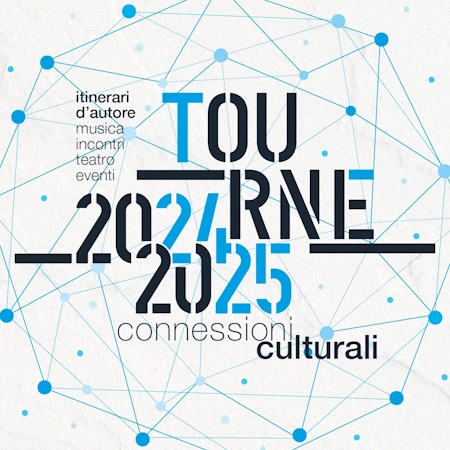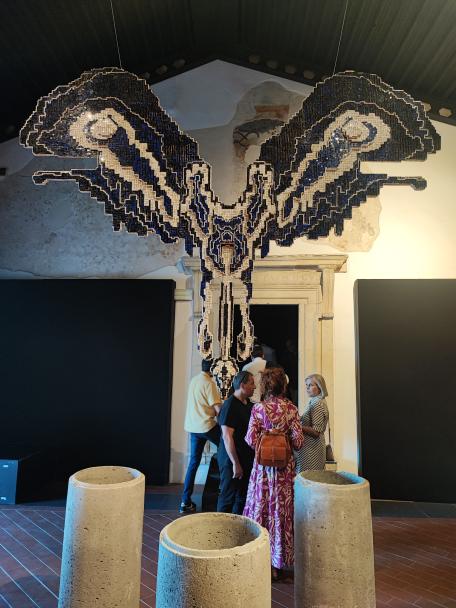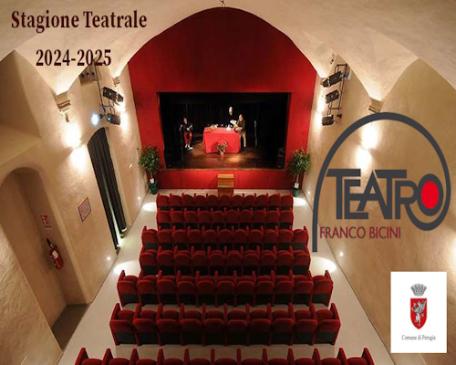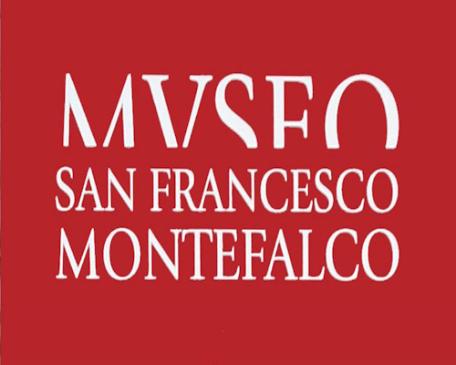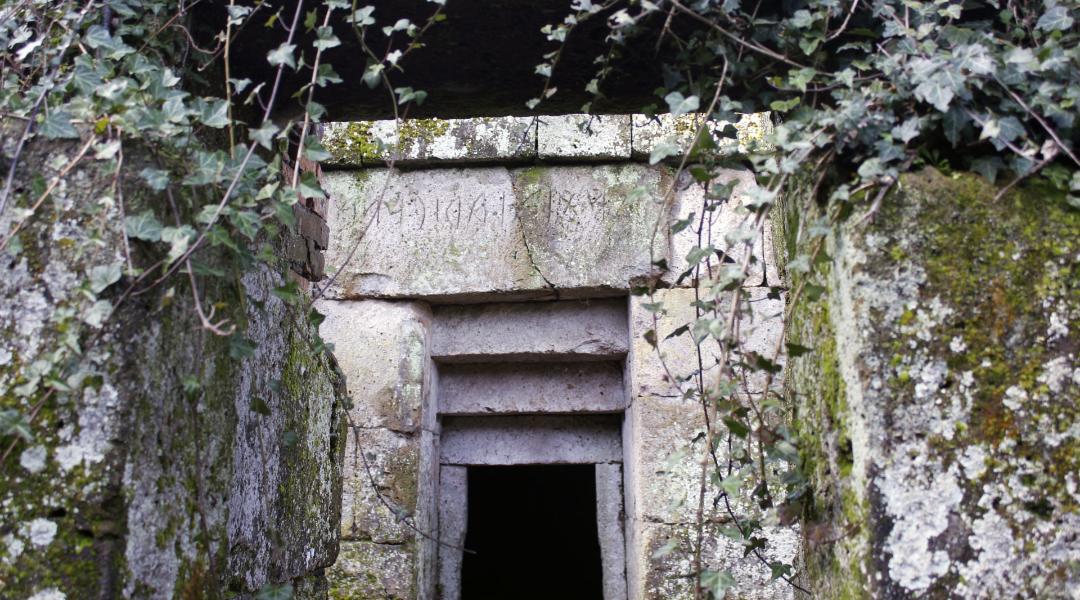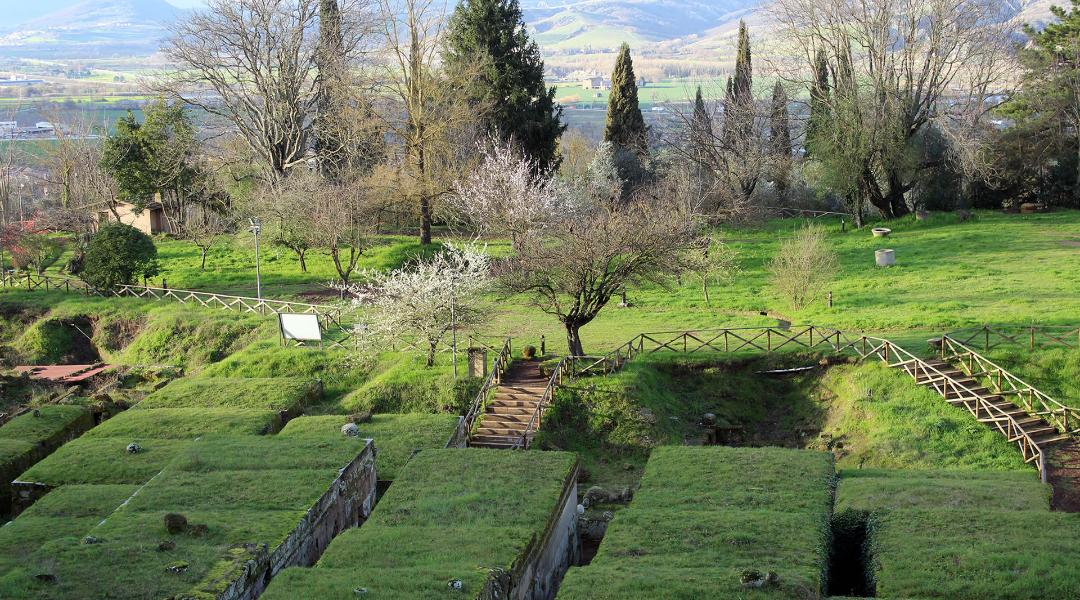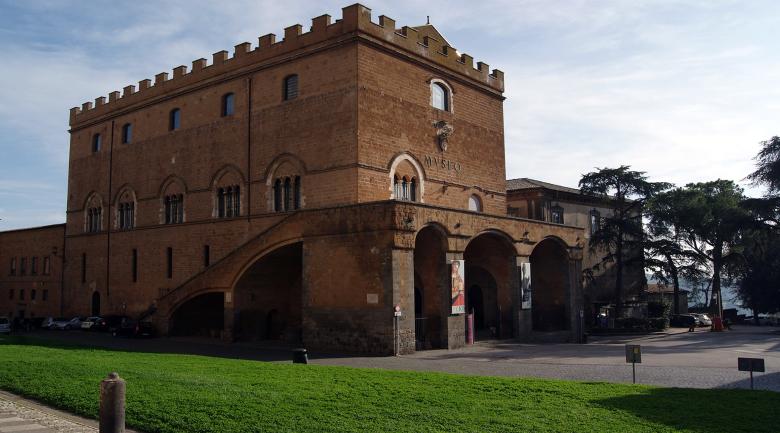The Necropolis was attended from the 8th to the 3rd centuries B.C. The layout of the necropolis, planning it into lots—i.e. grouped into blocks—dates back to the apex of its development during the 6th and 5th centuries B.C. The lots, defined by orthogonal intersecting roads that were occupied by tombs of the cubic kind—"a dado" like dice—follow a rigid disposition reflecting a social organization of an egalitarian kind.
Every burial was reserved for a single family, identified by the inscriptions—the name sculpted on the entrance lintels—that reveal the presence of foreigners in Orvieto, a town that was growing more and more cosmopolite. Some forms of ostentation of wealth achieved by a large strata of the population are expressed with the luxurious items contained in the funerary goods, acquired on Eastern Greek markets, many of which are displayed inside the National Archaeological Museum and in the Claudio Faina Museum of Orvieto
Information
Str. Statale 71 - Km 1.6 - Località Le Conce
05018 - Orvieto (TR)
email: sba-umb@beniculturali.it
sito web: www.archeopg.arti.beniculturali.it
Fonte Regione Umbria - Servizio Musei e soprintendenza ai beni librari


















